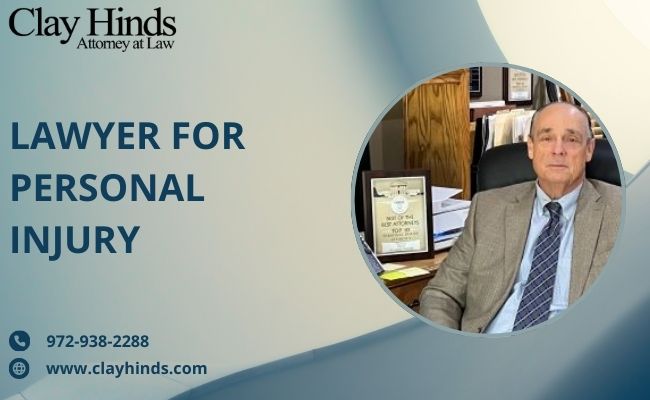Life feels steady until massive machines suddenly shift everything around us. Railroad engines and towering 18-wheelers move through daily routines we often overlook. These vehicles pass homes, workplaces, and highways people use every day. Their size brings fascination, but it also brings serious responsibility. When something goes wrong, the impact reaches families, communities, and local travelers instantly.
People want clear answers when events feel overwhelming and unexpected. Understanding these accidents helps everyone feel more informed and prepared. Awareness builds confidence and strengthens community safety overall.
Why These Large Vehicle Accidents Become Complicated
Railroad accidents involve many people working across different locations every day. Each train connects multiple systems that require strict attention and constant supervision. 18-wheelers carry heavy loads that add more pressure on long routes. Drivers follow schedules that depend on weather, distance, and important delivery needs. Small errors create major consequences because large vehicles demand strong control. Investigations take time because officials need clear details from many sources and every factor influences the outcome and affects how responsibilities are determined later. Families feel overwhelmed because answers never appear quickly in these situations. Guidance becomes essential when confusion increases without warning.
Multiple Parties Play Important Roles
Accidents involving trains or 18-wheelers often include many responsible groups. Rail companies oversee tracks, signals, and communication systems used each day. Trucking companies manage routes, maintenance schedules, and driver expectations for safety. Drivers handle long hours and complex tasks that require focused attention daily. Manufacturers provide equipment used on roads and tracks across different regions. Maintenance teams ensure machines work properly under constant movement and stress.
Insurance providers evaluate reports that involve large losses and difficult details and legal teams review statements and records that influence final decisions carefully. These accidents demand careful coordination because responsibilities overlap constantly.
Key Technical Challenges in These Accidents
Complex machinery requires deep knowledge during every investigation step afterward. Trains operate through advanced electrical systems that track signals and timing. Trucks depend on engines, brakes, and heavy gearing that support long travel. Weather conditions influence braking strength and communication accuracy for all vehicles. Cargo weight affects stability and speed during important travel times daily. Damaged equipment adds extra layers of uncertainty during later evaluations.
Specialists study mechanical issues that reveal important details hidden inside systems. Safety regulators examine compliance documents used across various transportation networks and thus each discovery shapes the final explanation built over weeks of research.
Factors Influencing Legal Outcomes
Legal processes become difficult because every detail carries strong importance. Many people share responsibilities across different levels of transportation work. Claims involve technical reports that require clarity and organized presentation always. Injured individuals need support that protects their rights during uncertainty.
A skilled lawyer or lawyer for personal injury becomes essential in these situations. Evidence must remain secure from the moment officials begin investigations. Witness statements help create timelines that guide the next important steps. Communication stays important because families want answers that reduce anxiety. Legal professionals coordinate information that builds trust during stressful events for everyone.
Accident Evidence That Matters Most
Clear evidence helps explain events when confusion feels overwhelming for families.
- On-scene reports document conditions officials observe immediately after events.
- Technical data reveals mechanical issues within engines, brakes, and tracking systems.
- Photo records provide visual clarity that supports major details in reports.
- Maintenance logs show how machines were serviced before major failures occurred.
Important Accident Circumstances Investigators Review
Investigators focus on several conditions when evaluating major transportation accidents.
- Travel speeds influence stopping distance and control on busy routes.
- Weather affects visibility and traction throughout long transportation schedules.
- Cargo weight changes vehicle balance during essential travel hours daily.
- Operational errors contribute to sudden outcomes that shock everyone involved.
How Communities Feel the Impact
Communities experience long-term effects when these accidents happen suddenly nearby. Roads may close for extended periods during cleanup and investigation work. Rail lines may pause service until officials confirm safe conditions again. Families experience stress when transportation routes feel unsafe after events. Local workers depend on safe routes for daily travel every morning. Businesses rely on shipments that support essential supplies for many people. Schools adjust schedules when roads change or delays appear without warning. Everyday life slows down while communities wait for safety updates. Recovery takes time because major accidents disturb routines that support normal living.
Final Thoughts
Large vehicle accidents bring challenges that affect people across several areas quickly. Understanding these events helps individuals feel informed and capable during stressful times. Trains and 18-wheelers involve systems that require strong teamwork and consistent attention. When accidents occur, families need clear guidance that supports their rights effectively.
A trusted lawyer for personal injury helps organize details that feel difficult to manage alone. Strong information builds confidence and helps communities move forward with clarity. Stay aware of transportation activity and understand safety issues that influence all travelers. Reach out for professional support whenever uncertainty affects your next important decision.

